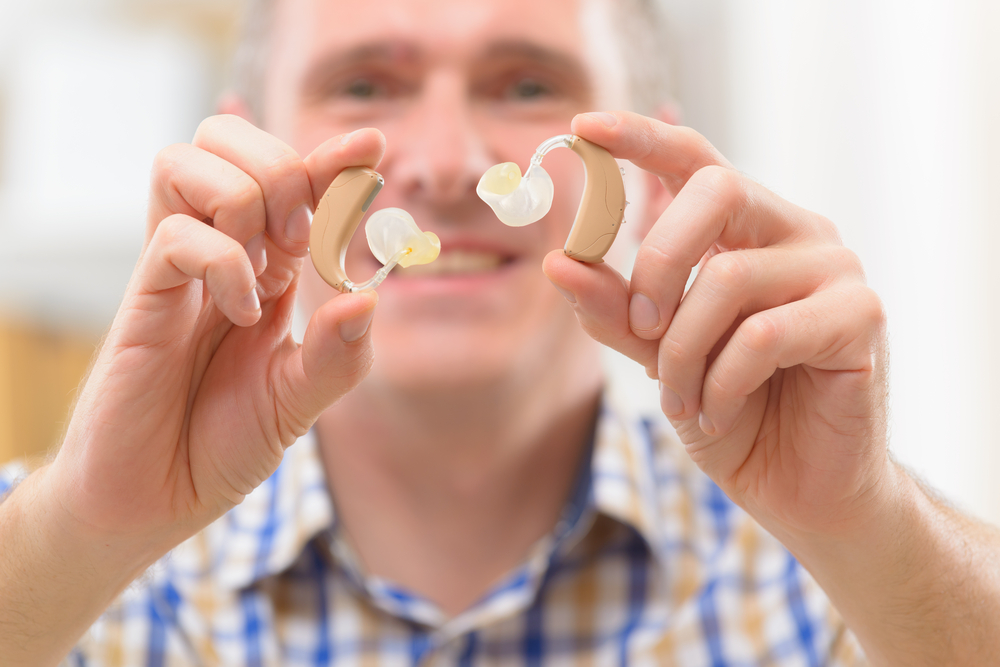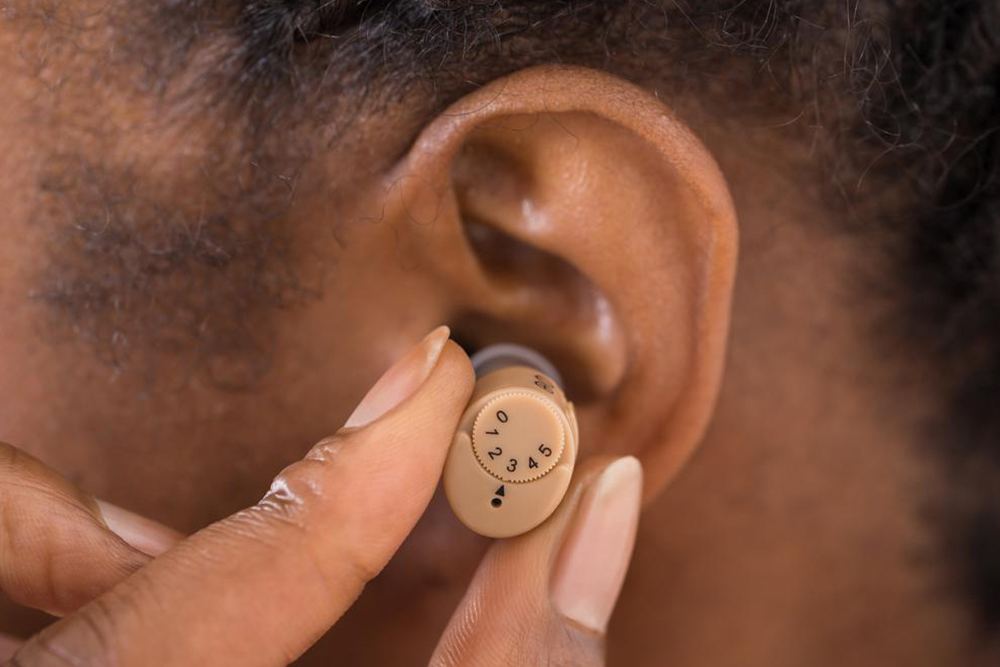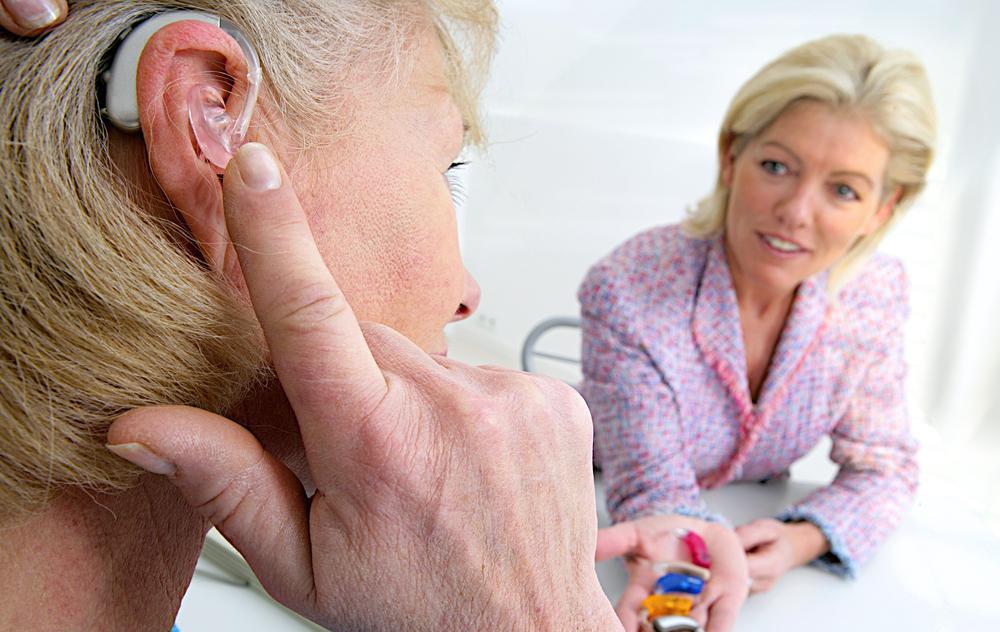A Detailed History of Miracle Ear Hearing Aids: Innovations and Milestones
Discover the comprehensive history of Miracle Ear hearing aids, from their early innovations in transistor technology and in-the-ear designs to today’s advanced digital and adaptive hearing solutions. Explore how continuous innovation has transformed hearing aids into discreet, highly personalized devices that significantly improve users' quality of life, focusing on comfort, performance, and cutting-edge features. This detailed overview highlights key milestones and technological breakthroughs shaping the future of auditory care and hearing technology.

Trace the Evolution and Technological Breakthroughs of Miracle Ear Hearing Devices
Since its inception in 1948, Miracle Ear has established itself as a pioneer in the field of hearing assistance technology. Founded by Kenneth Dahlberg under Dahlberg Electronics, the company’s journey began with the production of a single, innovative hearing aid model, but its roots stretch back to its early days when it initially manufactured pillow radios for medical use. Recognizing the need for improved hearing solutions, Miracle Ear pivoted toward developing advanced hearing aid devices that would revolutionize auditory assistance for millions worldwide.
In its early years, Miracle Ear was at the forefront of industry innovations. During the 1950s, they introduced transistor-based hearing aids, which marked a significant leap forward in device durability, size, and power consumption compared to earlier vacuum tube models. These transistor models made hearing aids more discreet and accessible, enabling users to wear them comfortably throughout daily activities. Later, they pursued hybrid models that integrated vacuum tubes with transistors, further optimising sound quality and device efficiency.
One of the most notable milestones in Miracle Ear's development was the creation of the first all-in-one in-the-ear (ITE) hearing aid, which combined the electronic circuitry, battery, and sound-processing components into a compact device that fit entirely inside the ear canal. This development significantly improved aesthetics and comfort for users, making hearing aids less conspicuous. The company also experimented with innovative concepts such as solar-powered hearing aid glasses, blending form and function to appeal to active individuals seeking eco-friendly options.
Remarkably, Miracle Ear was also a pioneer in integrated circuitry technology, achieving this breakthrough in 1962. This advancement allowed for the miniaturization of electronic components, resulting in smaller, more powerful hearing aids. By 1971, the company had developed ultra-low circuit technology, further reducing device size and increasing battery life. These innovations laid the groundwork for the future of sophisticated hearing aid designs.
The 1980s marked a turning point as Miracle Ear introduced the first programmable hearing aids, such as the Miracle Ear Dolphin, which could be fine-tuned to individual users' hearing profiles. This customizable approach greatly enhanced user comfort and speech clarity, especially in challenging listening environments. The late 1980s also saw the FDA recognizing the effectiveness of these devices amidst background noise, boosting confidence in their clinical utility.
By 1997, Miracle Ear had expanded its focus on personalized solutions, allowing users to customize their hearing aids further based on specific needs. The turn of the millennium brought about digital innovation; in 2003, Miracle Ear transitioned from analog to digital technology, dramatically improving sound quality and noise reduction capabilities. Their waterproof, dustproof, and nearly invisible models, such as the Mirage released in 2011, showcased their dedication to blending innovation with user-centric design.
Most recently, Miracle Ear has developed advanced features like ClearVation technology, which leverages automatic environment adaptation to deliver optimal amplification tailored to individual preferences and surroundings. This cutting-edge feature ensures a seamless hearing experience whether the user is in a quiet room or a noisy restaurant. Their continuous quest for innovation underscores their commitment to improving quality of life through technological advancement in hearing devices.
Overall, Miracle Ear’s decades-long evolution highlights an unwavering dedication to innovation, comfort, and user-centered design. From humble beginnings with pillow radios to state-of-the-art digital hearing aids, the company's journey reflects the rapid technological advancements and relentless pursuit of better auditory health solutions. As they continue to develop new technologies, Miracle Ear remains a leader and trusted name in hearing assistance worldwide.





